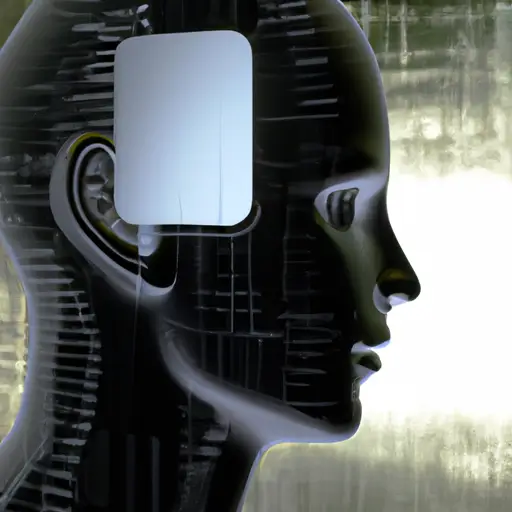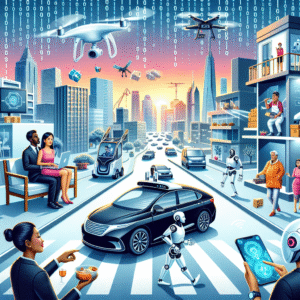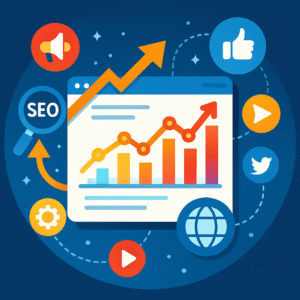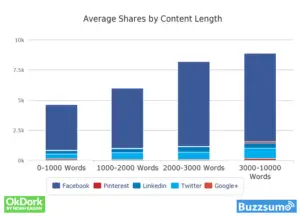Artificial Intelligence (AI) and robots
They are two related concepts that are often used interchangeably but have distinct meanings.
Artificial Intelligence:
(Click on the previous link to use it for free)
Artificial Intelligence is a broad term that refers to machines that can think and learn independently.
AI can include software and hardware components and can range from simple to complex.
AI systems can be programmed to simulate human behavior and make decisions on their own.
Examples of AI include self-driving cars, medical diagnostics, natural language processing, and robotics.
Robots:
Robots, on the other hand, are physical machines that are designed to carry out automated tasks.
They are typically programmed to move and act in a certain way.
A variety of industries, including manufacturing, agriculture, healthcare, and retail use Robots.
Robotic technology has become increasingly advanced in recent years, with some robots able to learn and respond to their environment.
Both Artificial Intelligence (AI) and robots:
Both AI and robots have the potential to revolutionize the way we work, play, and interact with the world.
They can help us automate tedious tasks, improve efficiency, and even increase safety.
AI and robots can also be used to enhance our lives in ways that were once thought impossible, such as in the field of medical diagnosis and surgery.
Ultimately, AI and robots are becoming increasingly integrated into our lives. While there are still challenges to overcome, the potential for AI and robots to transform the way we live and work is undeniable.






